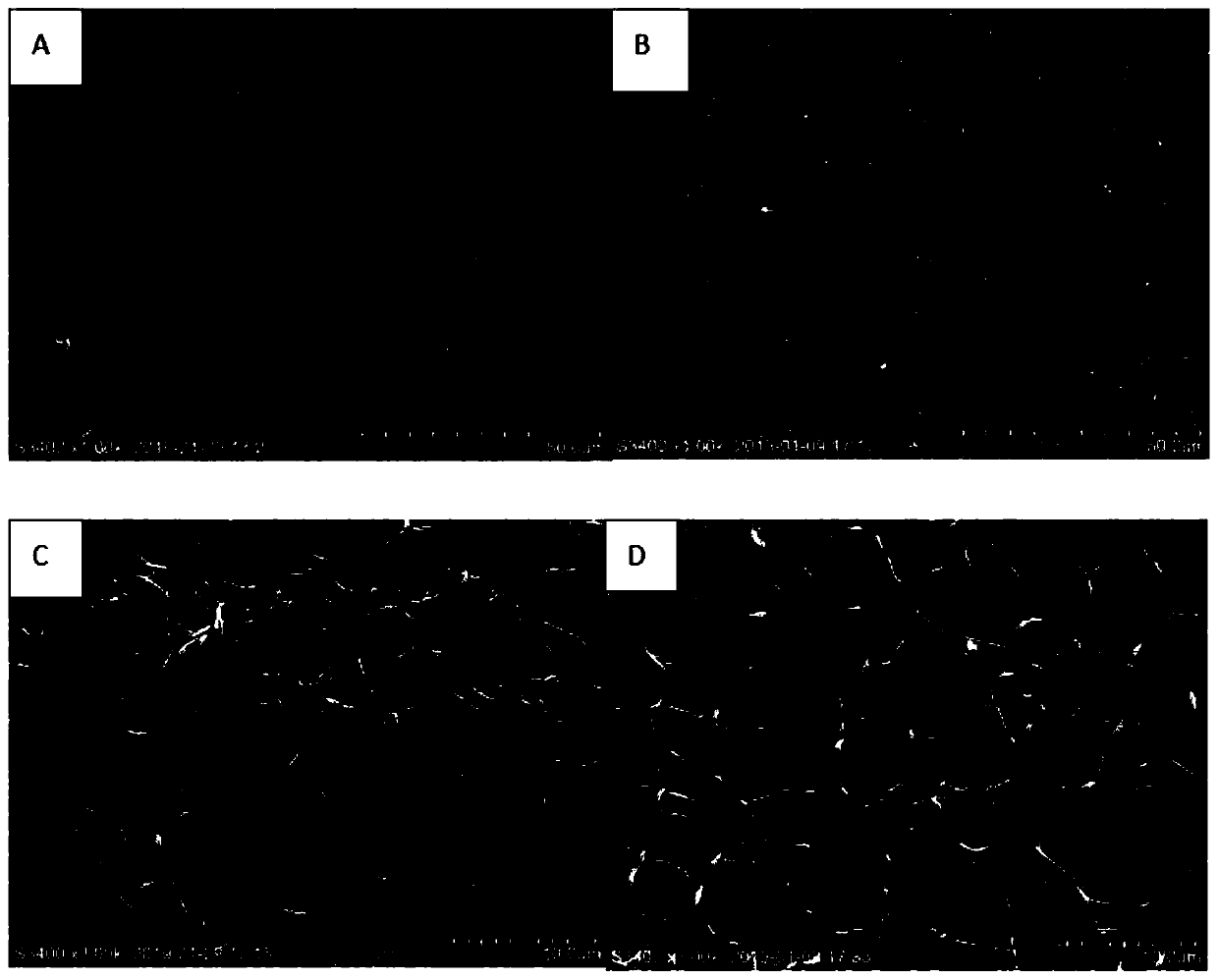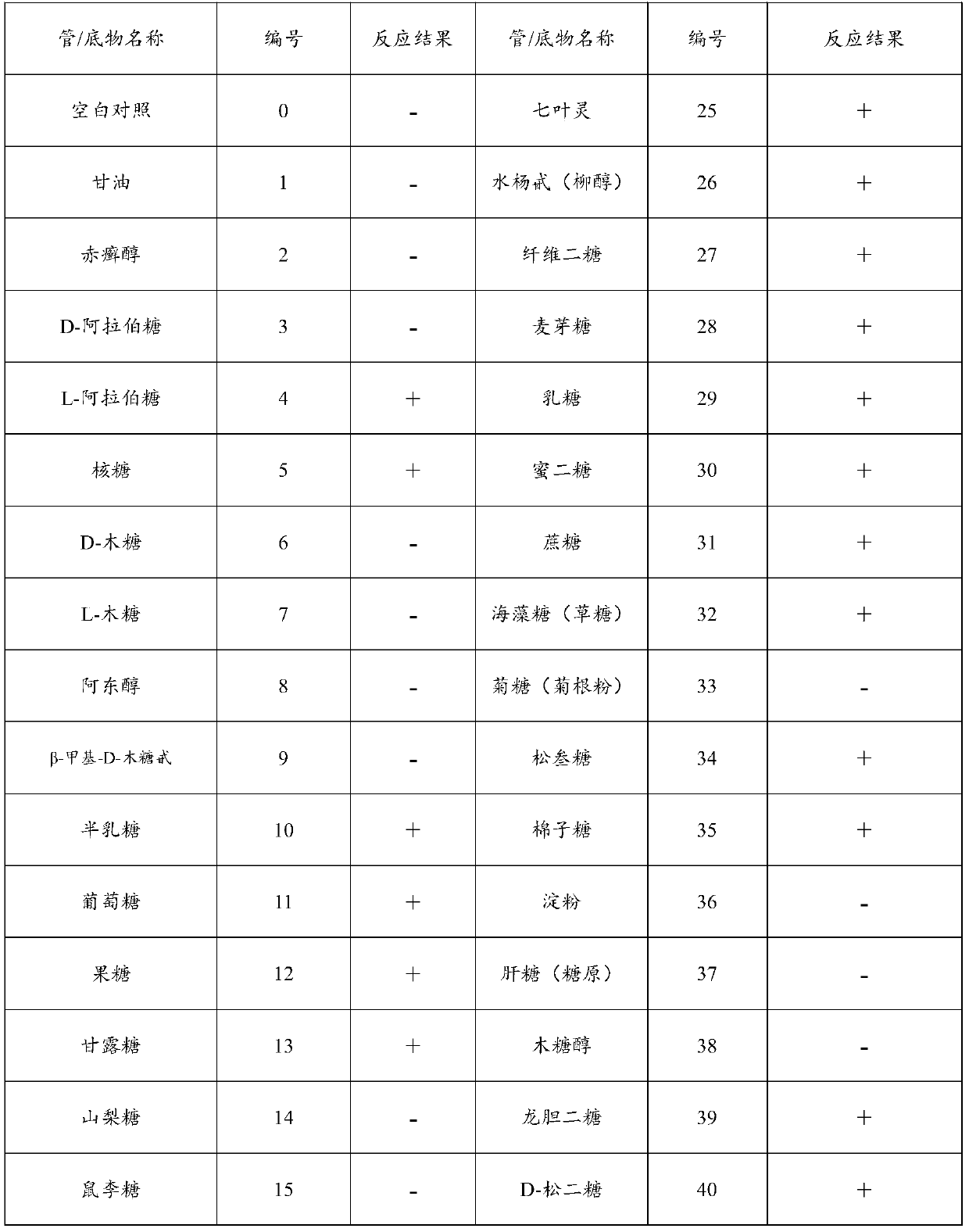Lactobacillus plantarum LN66 and application thereof to product reducing halitosis risk
A technology of Lactobacillus plantarum and Fusobacterium nucleatum, applied in the direction of microorganism-based methods, bacteria, microorganisms, etc., can solve the problems of exacerbation of bad breath symptoms, poor treatment effect, side effects and normal oral flora
- Summary
- Abstract
- Description
- Claims
- Application Information
AI Technical Summary
Problems solved by technology
Method used
Image
Examples
Embodiment 1
[0027] 1. Glucose metabolism test
[0028] After the LN66 strain was cultured at 37°C for 24 hours on the MRS solid medium, a single colony on the plate was scraped, and the biochemical reaction was detected using the API 50CH biochemical identification kit. The results are shown in Table 1:
[0029] Table 1 Lactobacillus plantarum LN66 sugar metabolism profile test results
[0030]
[0031]
[0032] Note: "+" means positive, "-" means negative
[0033] The results showed that the LN66 bacterial strain belonged to the genus Lactobacillus and the species Lactobacillus plantarum.
[0034] 2. Enzyme metabolism test
[0035] The enzyme activity of LN66 strain was semi-quantitatively analyzed with API ZYM kit (Mérieux, France). According to the operation instructions of the kit, the bacterial cells grown in the MRS culture medium were collected, and the bacterial suspension was prepared with sterile water for the next step of enzyme activity analysis. After adding bacteri...
PUM
 Login to View More
Login to View More Abstract
Description
Claims
Application Information
 Login to View More
Login to View More - R&D
- Intellectual Property
- Life Sciences
- Materials
- Tech Scout
- Unparalleled Data Quality
- Higher Quality Content
- 60% Fewer Hallucinations
Browse by: Latest US Patents, China's latest patents, Technical Efficacy Thesaurus, Application Domain, Technology Topic, Popular Technical Reports.
© 2025 PatSnap. All rights reserved.Legal|Privacy policy|Modern Slavery Act Transparency Statement|Sitemap|About US| Contact US: help@patsnap.com



